If you’re planning a trip to the UK and Ireland, get ready to explore historic cities, dramatic coastlines and sweeping countryside. This is a region packed with landmarks and landscapes that reward thoughtful planning.
In this guide, you’ll find tips on where to go, how long to stay, and how to travel between the UK and Ireland. You’ll also get ideas for what to see and do, whether that be famous attractions or hidden gems.
- Let local experts plan your escape with these UK and Ireland tours
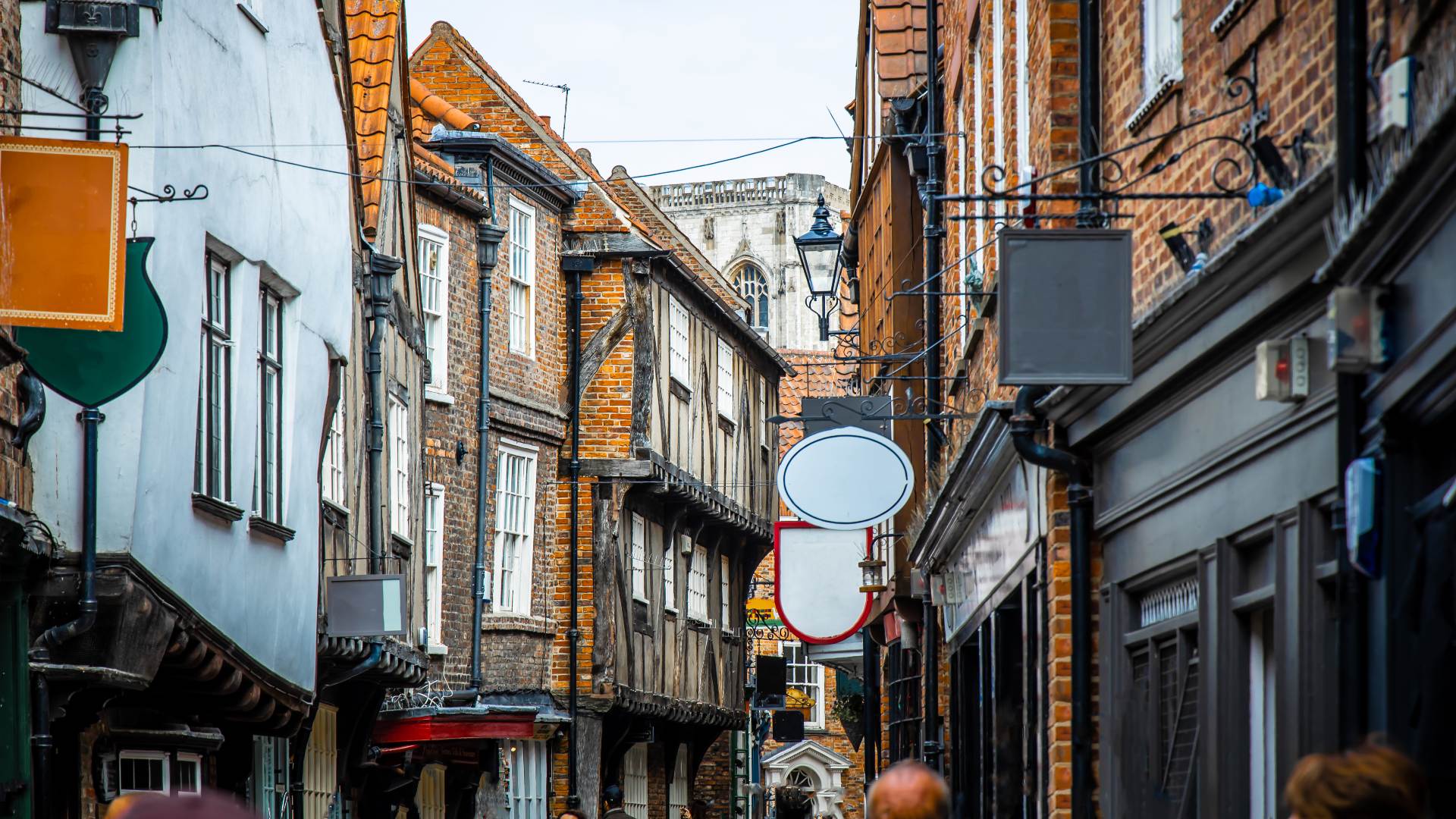
How long should your trip be?
The UK and Ireland may seem small on a map, but there’s plenty to discover. The right trip length depends on how much ground you want to cover and how relaxed you’d like the pace to be. However long you stay, it’s worth leaving a little room for spontaneity.
To get you started, here are some ideas of how long you’ll need, depending on where you want to go.
10-12 days
Around 10 days gives you time to explore Ireland, plus one UK country at a relatively fast pace. Scotland pairs beautifully with Ireland, letting you experience dramatic heather-clad landscapes and charming Irish villages.
You could discover Edinburgh's historic Royal Mile and venture into the Scottish Highlands. From here, hop across to Dublin to explore Ireland's vibrant capital and stunning west coast.
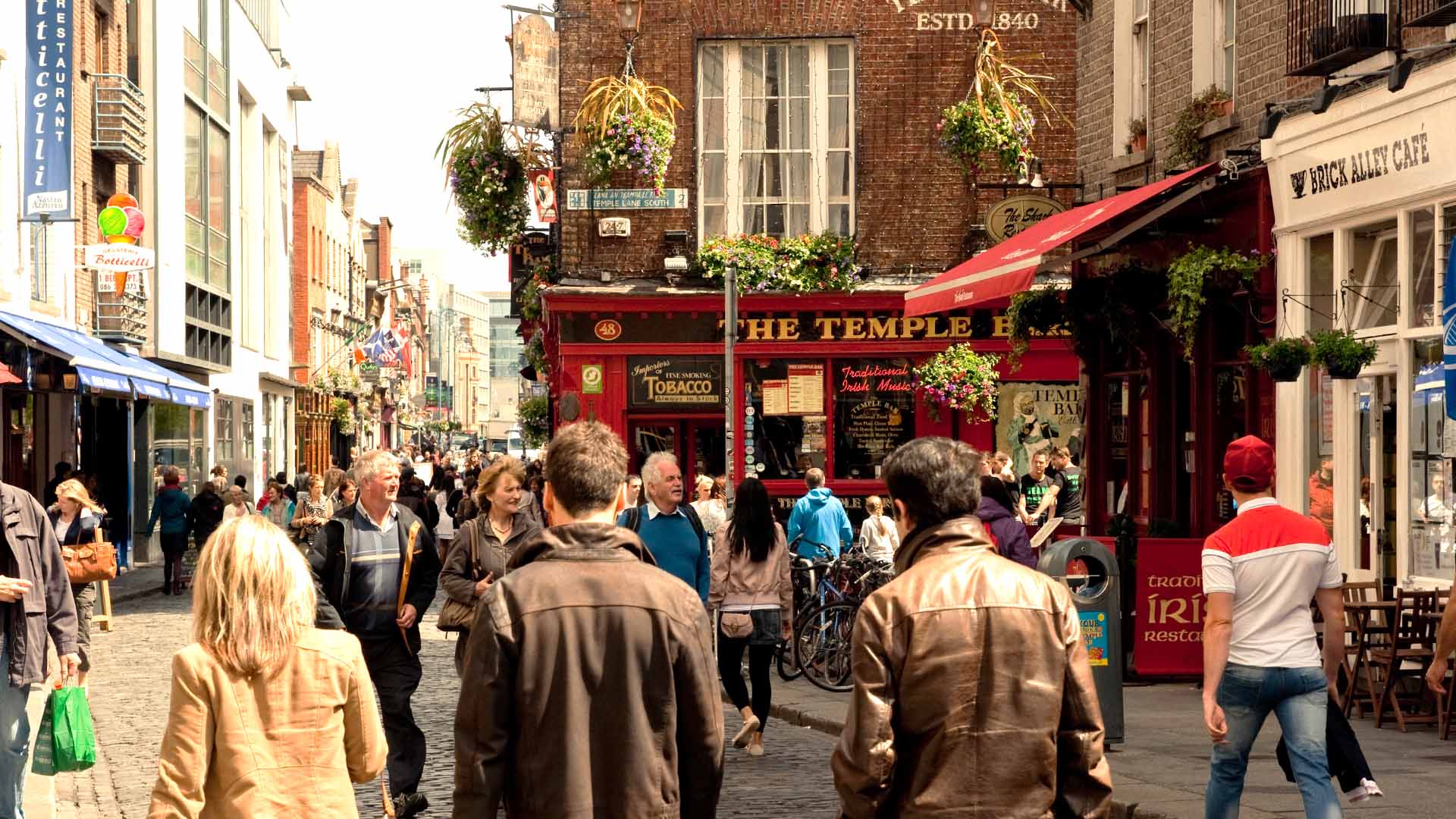
2 weeks
This is the sweet spot for most travellers. With 2 weeks, you could split your time between Scotland, England, and Ireland, hitting the top spots in each country. Or stick to 2 countries but travel more widely, spending quality time at each overnight stop.
A Scotland and Ireland trip could include Edinburgh's cobbled streets, Highland charm in Inverness, and the striking landscapes of Glen Coe and the Isle of Skye. You'd also have time to soak up Dublin's lively atmosphere and explore Ireland's stunning south and west coasts.
3 weeks or more
With 3 weeks or more, you can experience Scotland, England, and Ireland at a slower pace. You'll have time to delve deeper into local traditions and discover some off-the-beaten-path places. This timeframe also opens up the possibility of visiting Northern Ireland's Giant's Causeway or rugged Welsh countryside.
- Explore the UK at your own pace on a tour starting from London
- Related: Best UK road trips – A local expert’s view
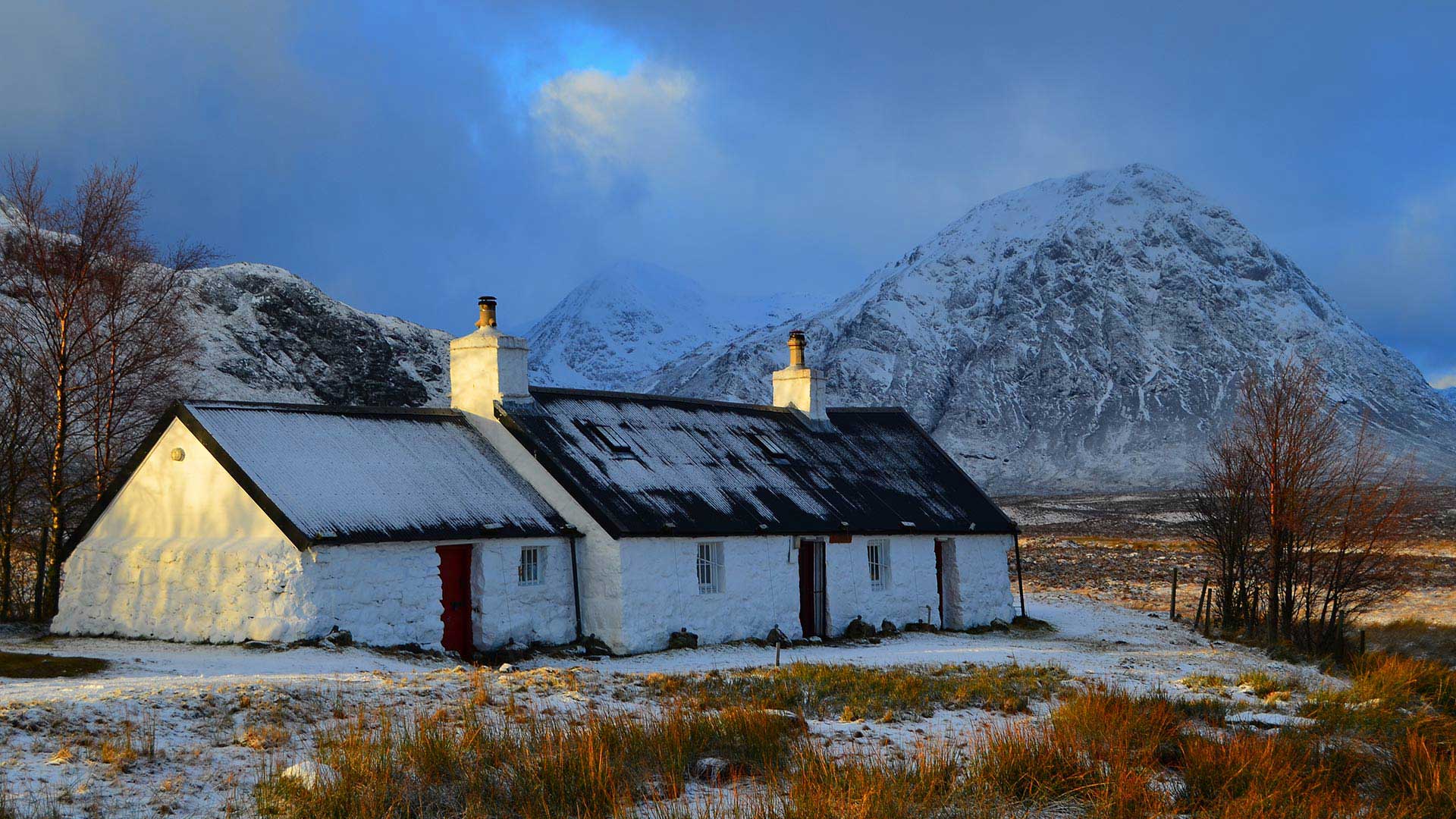
What is the best way to explore the British Isles?
When you plan a trip to England, Ireland and Scotland, how you travel will shape the kind of experiences you can have. Whether you want to learn from local guides or explore at your own pace, you’ll find a way to travel that’s right for you.
A road trip will give you the most flexibility. By renting a car, you’ll have the freedom to take detours and stop whenever you like along the way.
- Get inspired by these self-drive tours of Scotland and Ireland
- Learn more in this guide to driving in the UK
If you’d rather not drive, take a tour with a local guide who’ll share stories, history and hidden details that bring each stop to life. Plus, with someone else at the wheel, you’ll be free to relax and soak up the scenery as you journey between stops.
You could hire your own private guide or join a group tour and get to know like-minded visitors along the way.
If you go for a group tour, we recommend small group trips by minibus. Travelling like this means you’ll be able to get to places that large coaches can’t reach. You’ll also have more opportunities to learn from your guide and ask questions.
- Explore with a personal driver-guide on these guided tours of Scotland and Ireland
However you decide to explore, you’ll get the most out of your trip with local know-how. When you travel with Nordic Visitor, your route is shaped by our experts who know the region inside out. You’ll get access to handpicked accommodation and experiences you might not find on your own.
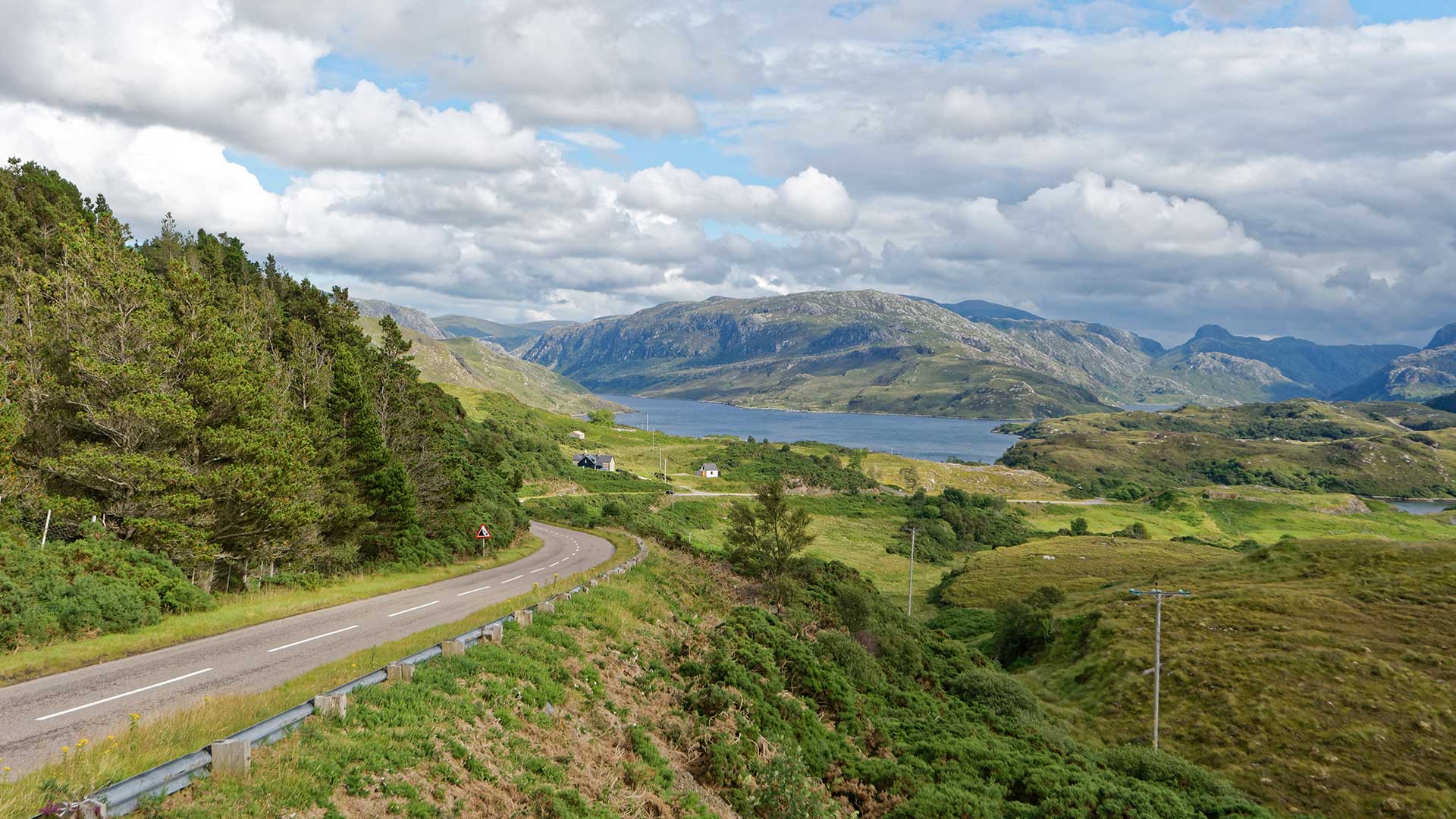
How should you travel between the UK and Ireland?
You'll find it's simple to get between the UK and Ireland. Flights run daily and only take about an hour, while ferries offer you some practical advantages.
You could fly from London to Dublin for speed, or take the ferry if you're travelling with a car or want to skip airport logistics. Ferry crossings are also a more sustainable choice than flying. You can sail between Belfast and Scotland or cross from Wales to Ireland while enjoying sea views along the way.
Practical tips
Before you set off on your UK and Ireland adventure, here are a few key tips that will help your trip run smoothly.
- The UK currency is the Pound Sterling (£), while the Republic of Ireland uses the Euro (€). Northern Ireland, as part of the UK, also uses Pounds.
- You’ll be able to pay by card in most places, but we recommend carrying some cash as you might come across smaller businesses that don’t accept card payments.
- Passports are required for flights and ferries, so you’ll need to carry one at all times.
- When driving between Northern Ireland and the Republic of Ireland, you won't need to pass any border checkpoints— the border is open and often unmarked.
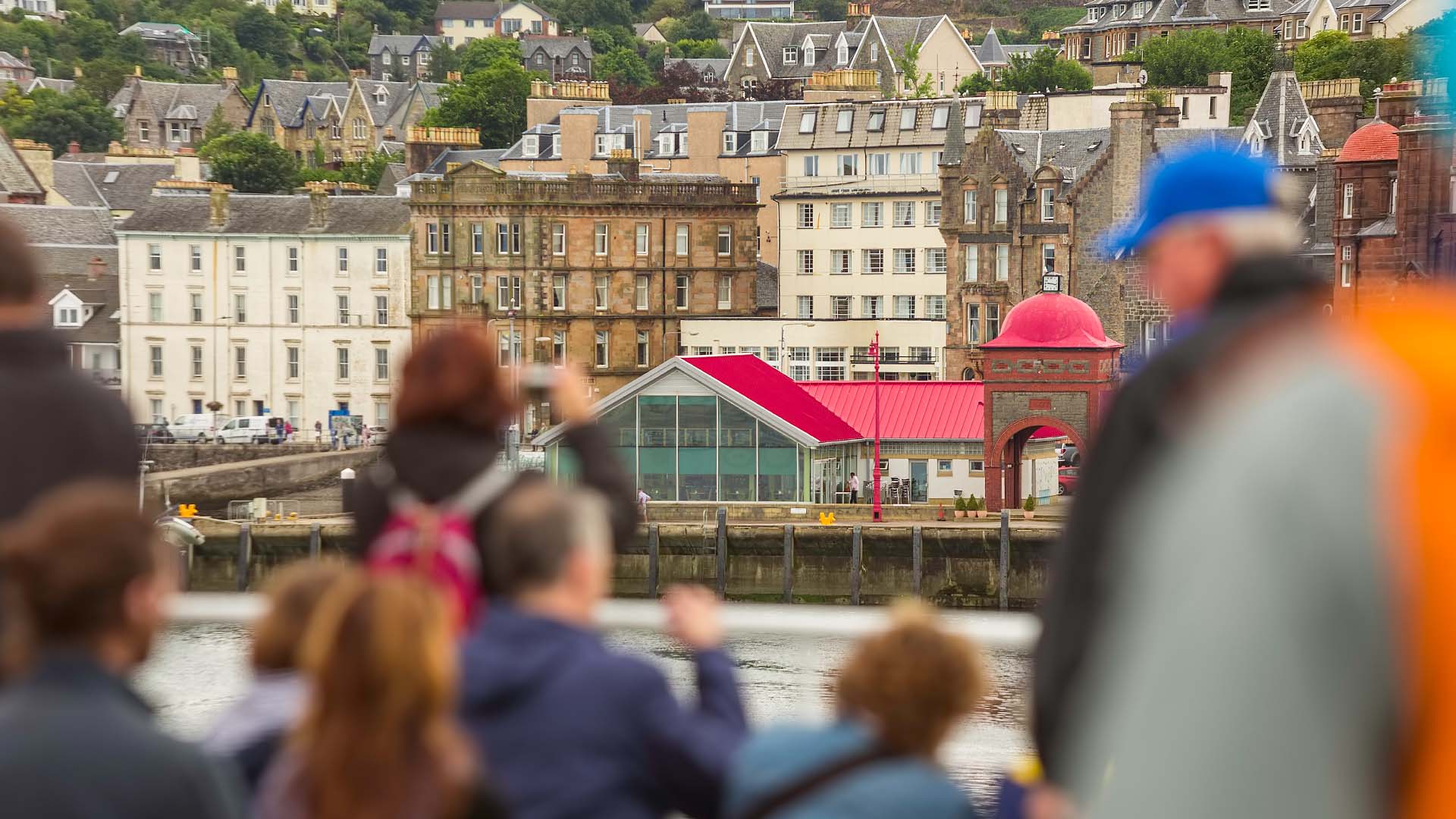
What are the best things to do in the UK and Ireland?
The UK and Ireland offer a blend of culture, history and natural beauty. Whether you’re interested in castles, local food or breathtaking views, there’s plenty to experience during your trip.
- Related: Top things to see and do in the UK
1. Visit castles, palaces and historic sites
History is never far away when you are in the British Isles. In England, you can explore grand royal residences like Buckingham Palace and Kensington Palace, or tour the Tower of London to see the Crown Jewels.
Bordering England, the small UK nation of Wales is also dotted with impressive strongholds. Head to the likes of Conwy Castle and Castell Caernarfon, both set against striking natural backdrops.
Meanwhile, in Scotland, you’ll find Edinburgh Castle overlooking the enchanting UNESCO-listed Old Town. Or travel northwest to see the ruins of Urquhart Castle on the shores of Loch Ness.
From Scotland, Northern Ireland is just a ferry ride away. Once you’re on the Emerald Isle, walk the grounds of Belfast Castle or visit Dunluce Castle on its cliffside perch.
The Republic of Ireland is home to thousands of castles, including grand estates and ivy-covered ruins. Blarney Castle in County Cork is one of the most famous, but you’ll find historic sites scattered all over the island.
At many of these sights, you’ll find guided tours, exhibits or displays that help you dig deeper into the stories behind the attractions.
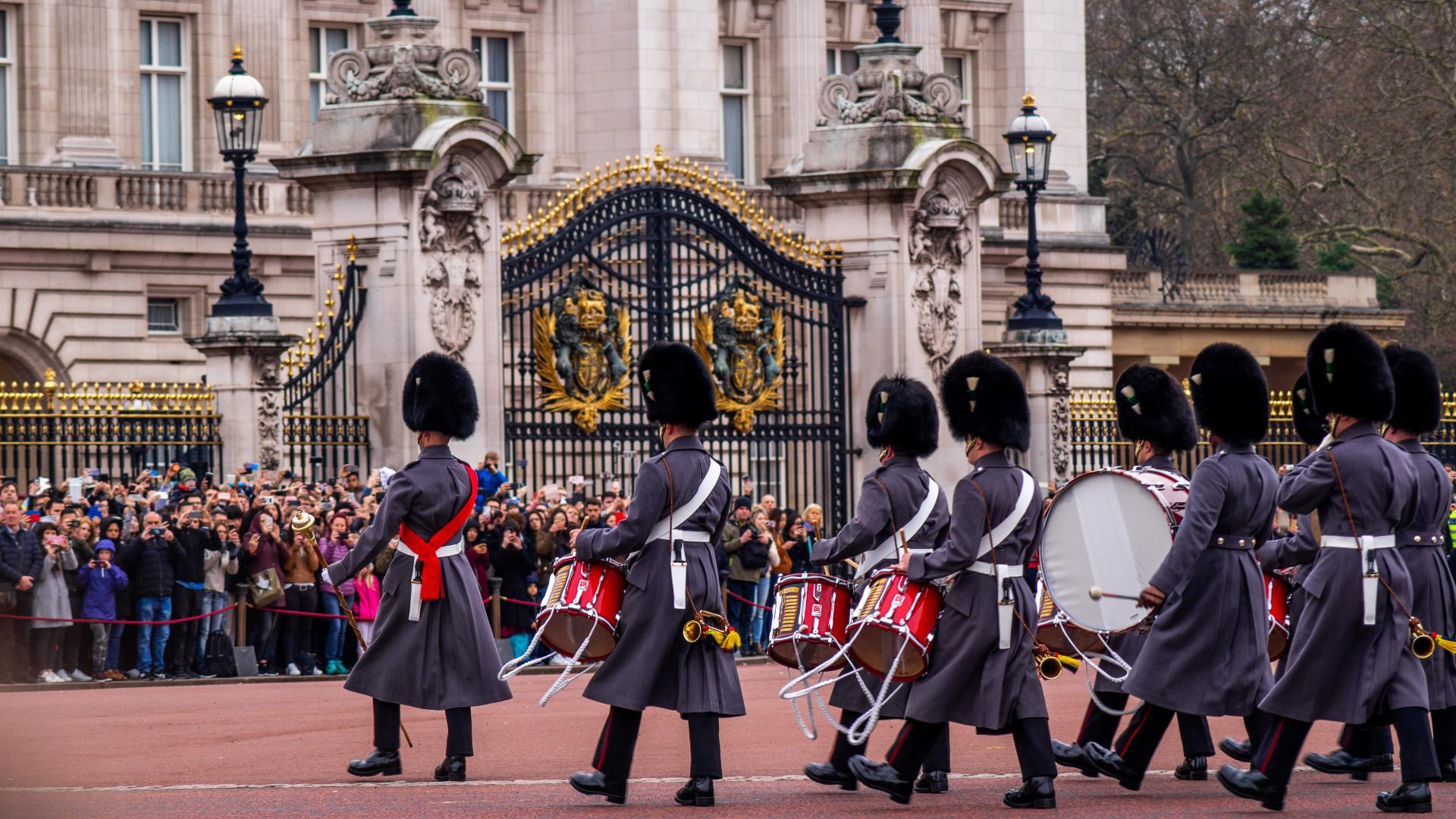
2. Immerse yourself in nature
Each Irish county and region of the UK has its own character. Venture into Scotland’s Highlands for imposing mountains, tranquil lochs and misty glens. You could spot the Jacobite Steam Train roaring across the Glenfinnan Viaduct, made famous by the Harry Potter films. Or hike to the Old Man of Storr on the Isle of Skye.
In England, the Lake District is known for its picturesque lakes, country inns, and postcard-perfect villages. Eryri (Snowdonia) National Park in Wales also gives you easy access to all kinds of outdoor adventures. You could hike trails and ride the Snowdon Mountain Railway to the summit of the tallest mountain in Wales.
Ireland is home to epic sea cliffs, such as the Cliffs of Moher, rising 214 metres (702 feet) above the Atlantic. Other highlights you could discover include the Ring of Kerry and the Giant’s Causeway, a UNESCO World Heritage Site in Northern Ireland.
- Discover these sights for yourself on a self-drive tour of the UK
- Related: Best places to visit in the UK
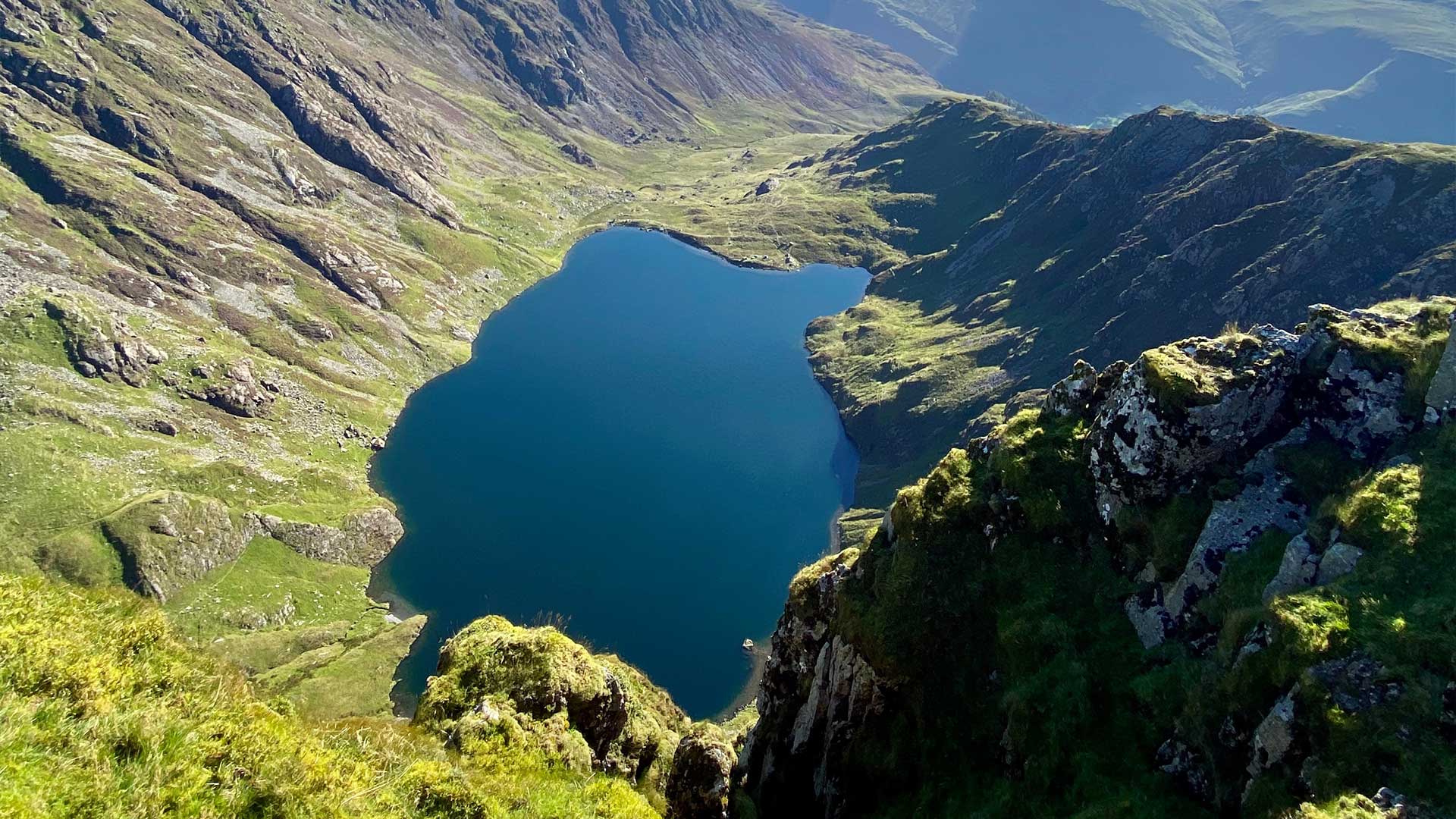
3. Soak up culture in historic cities and lively towns
Bustling capital cities and charming market towns offer you centuries of stories and traditions that are still very much alive today.
London is packed with museums, galleries and world-famous landmarks. Walk through Westminster to see the Houses of Parliament and Westminster Abbey, or join a walking tour for stories behind the sights.
Across England, you’ll find storybook cities like Bath and York, where cobbled streets, medieval walls and hidden courtyards are waiting to be uncovered.
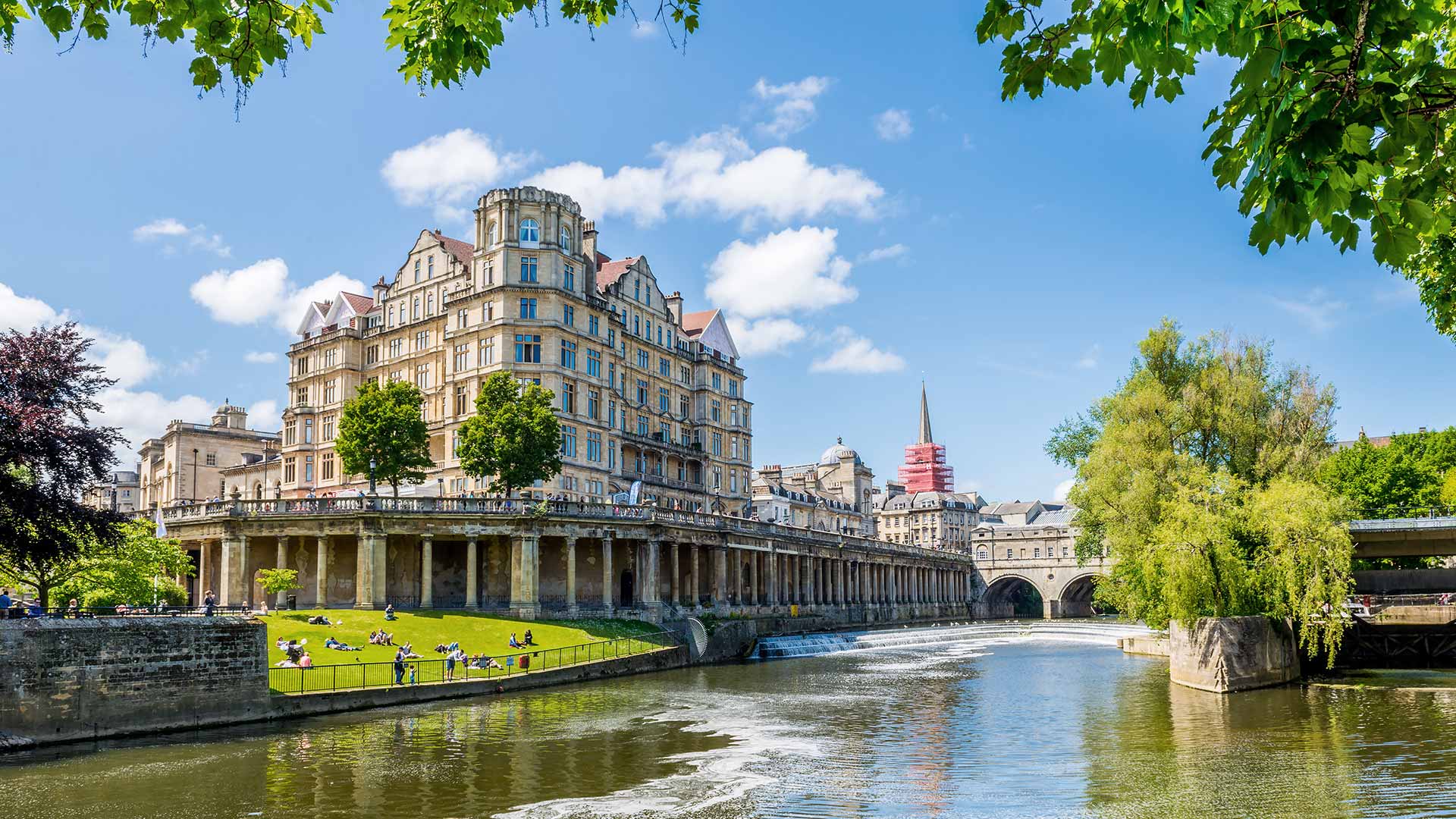
Head north to Scotland's capital, and Edinburgh will captivate you with its medieval streets and hilltop views. You can walk the Royal Mile, head up Calton Hill, or enjoy a whisky tasting in a traditional pub.
Cross the Irish Sea to Ireland's capital, where Dublin's compact streets buzz with energy. Visit Trinity College to see the Book of Kells, or meander through the Irish Emigration Museum’s exhibits.
In Northern Ireland's capital, Belfast showcases its proud shipbuilding heritage. Step into the Titanic Belfast museum, admire the murals in the Cathedral Quarter, or take a stroll along the waterfront.
Finally, make time to discover the Welsh capital city of Cardiff. Discover the stories within Cardiff Castle, browse the Victorian arcades, or soak up the atmosphere at Cardiff Bay.
- Related: Best places to visit in London

4. Indulge in local food and drink
One of the joys of travelling is trying the local food, and the UK and Ireland have plenty to offer. You’ll find warming dishes, fresh bakes and famous drinks that are well worth adding to your foodie wishlist.
You could enjoy a classic pub meal. Think fish and chips, shepherd’s pie or Irish stew. Along the coast, you’ll often find fresh seafood, and in Scotland, cullen skink – a creamy fish soup which is a local favourite.
For drinks, Scotland and Ireland are well-known for their distilleries. Scotland has more than 150 whisky distilleries, each with its own flavour and story. In Dublin, head to the Guinness Storehouse to learn how the beer is made and savour a pint with city views from the top-floor Gravity Bar.
- Unleash your inner foodie with these Scottish culinary and food tours
- Related: Best things to do in Dublin
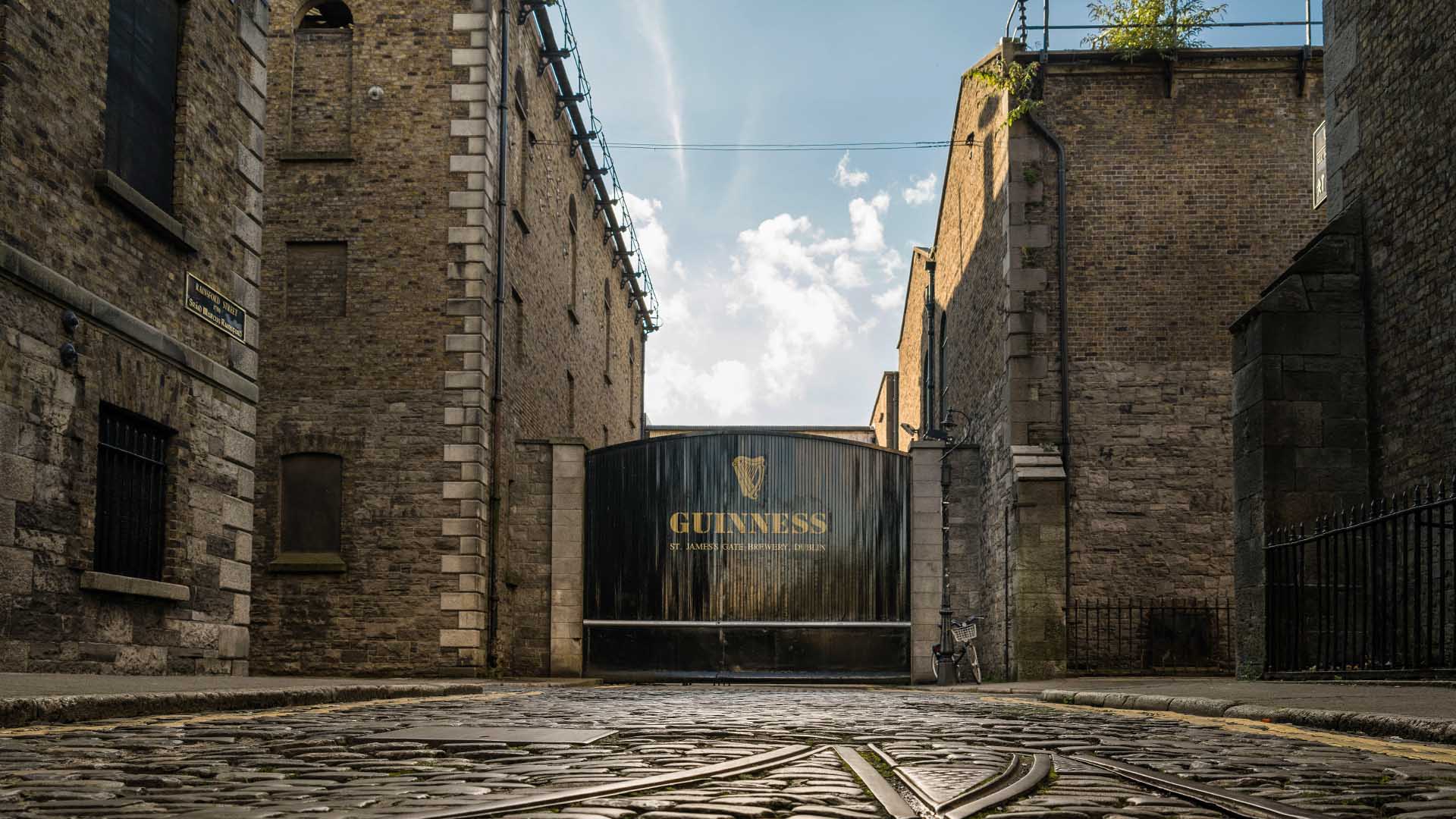
Plan a trip to the UK and Ireland with local experts
You’ve read about the sights, the experiences and the flavours that make the UK and Ireland an unmissable travel destination. Now it’s time to bring your plans to life.
Maybe you’re dreaming of a road trip through the Highlands or a walking tour in London. Your dedicated Edinburgh-based travel consultant will craft a journey shaped around the region’s best sights and experiences, with all the details taken care of.
Choose any UK and Ireland multi-country tour, and you’ll get handpicked accommodation, daily breakfast, and local transport all included. You’ll receive a travel guide with tips and personal recommendations. Plus, you’ll have access to 24/7 support while you’re away.
Get in touch to start planning your dream getaway with someone who knows the region inside out.
